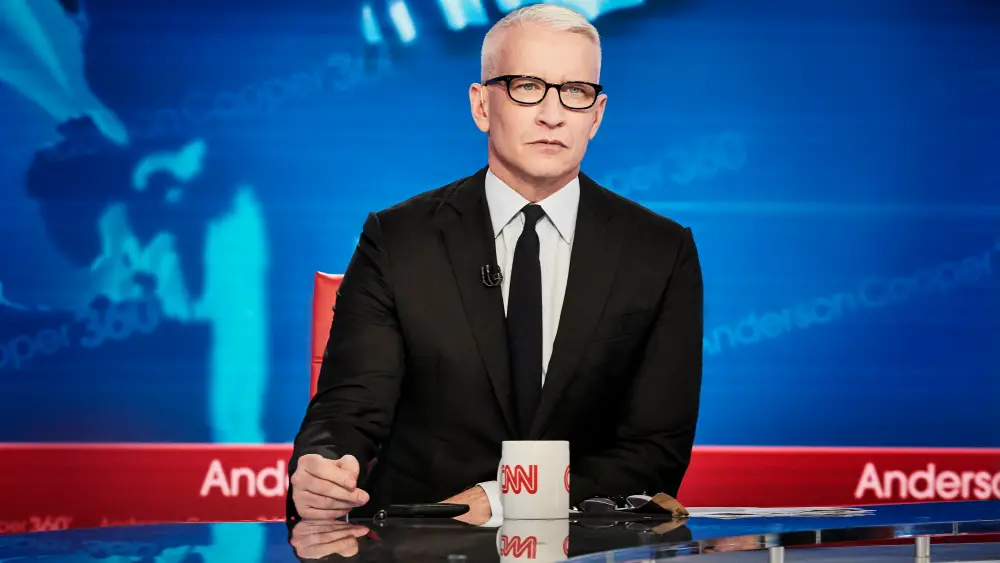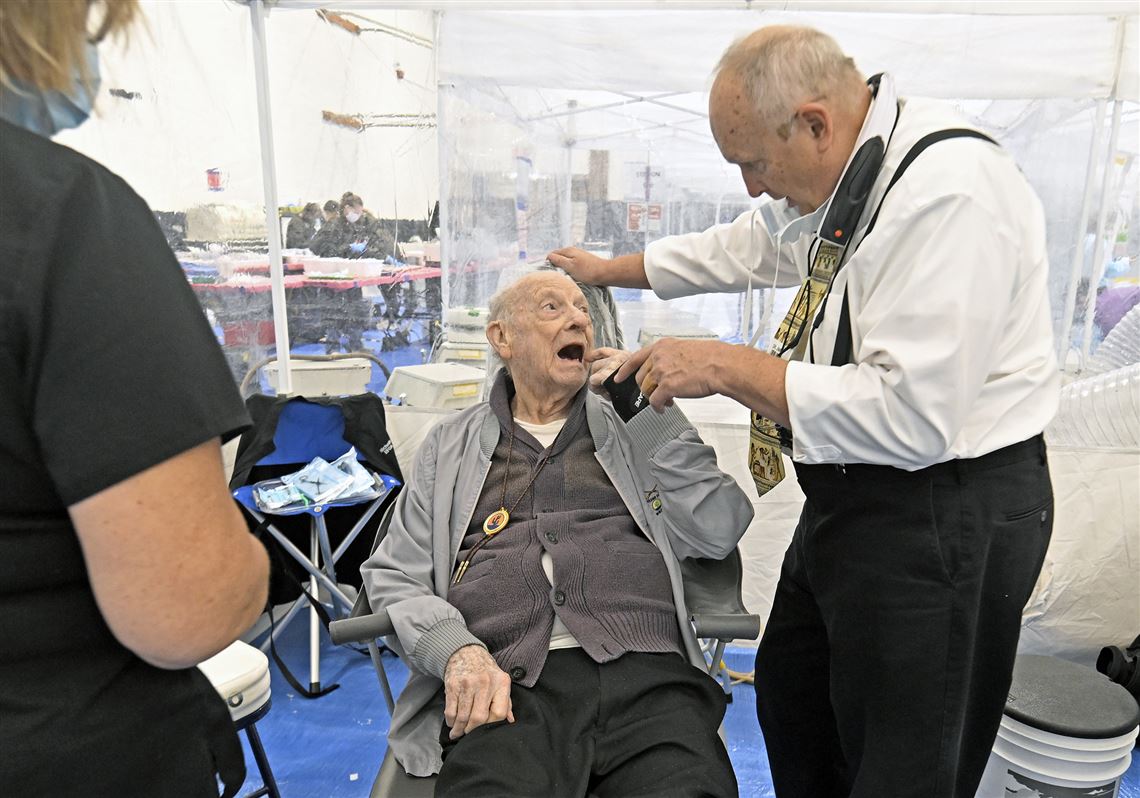Copyright Variety

TV’s news shows are often brought to you by a sponsor. Now, in the case of CNN, so too is its actual newsgathering. As part of a bold ad deal, T-Mobile’s logo will turn up often on screen when CNN reporters and correspondents deliver live reportage from outside the studio, a sign that the telecom giant’s nascent “SuperMobile” service, tailored for business users who want quick, reliable connections and privacy safeguards, has helped establish the connection between journalists and audience. Such stuff is tricky in the news environment, and CNN will have to navigate the process carefully. What if T-Mobile becomes the center of a national story? Or what if the T-Mobile logo surfaces on screen while a correspondent is in the midst of covering a riot or outbreak of war? Others have tread upon this ground, including MSNBC’s “Morning Joe,” which for years enjoyed a sponsorship from a certain coffee giant that included on-air promotion saying the show was “brewed by Starbucks.” The network raised eyebrows in 2011 when co-anchor Mika Brzezinski conducted a seven-minute-long interview with Howard Schultz, then Starbucks’ CEO, without any mention of the advertising support. CNN and T-Mobile seem aware of the challenges. “Our anchors and reporters and journalists can’t have any implicit or explicit endorsement of any product,” notes Guy Griggs, recently named senior vice president of advertising sales and partnerships at the Warner Bros. Discovery news operation. And there are times when having T-Mobile’s logo on screen would not work, acknowledges Mo Katibeh, chief marketing officer of T-Mobile’s business services. “We will be sensitive in our approach,” he notes. When viewers “are there for the news” at critical moments, he adds, “we wouldn’t manifest the logo” on screen. Still, the alliance may offer new ideas for the nation’s biggest backers of TV news, who have been hard-pressed to win ad dollars for such programing in recent years. “We know business leaders don’t want an ad. They want proof that technology works and it’s there for them at the moments that matter,” says Katibeh, during a recent interview. “They are going to see uninterrupted live CNN coverage during the biggest news moments.” The on-screen demonstration makes clear how T-Mobile’s efforts help “trusted professionals like CNN’s journalists deliver breaking news live, securely, and from virtually anywhere.” Marketers continue to be wary of putting commercials against content that might feature harsh images or tough conversations. More of the big TV-news operations feature hot-talk programming in primetime that is designed to appeal to partisan audiences, or just those looking for tension or a verbal donnybrook. And yet, many advertisers need to appeal to the broadest audience possible, and, as such, have moved money out of news as the world has grappled with international battles, climate change, a global pandemic and political extremism. Indeed, all three of the nation’s cable-news outlets are projected to have a shortfall in advertising revenue for 2025. CNN’s ad sales are seen falling 10% in 2025 to $576.2 million, according to data from Kagan, a market-research firm that is part of S&P Global Intelligence. MSNBC’s is estimated to fall by 11% to $653.9 million. Meanwhile Fox News Channel’s advertising is forecast to dip by about 3% to nearly $1.4 billion. T-Mobile “is a marketer that needs to hit high-value audiences, and partnerships that are authentic enable them to do that and showcase like the power of their technology solutions,” says Griggs. Marketers remain concerned about issues tied to “brand safety,” he notes, but this new alliance “provides a very authentic path toward reaching an audience.” T-Mobile comes to CNN’s screens just as the news company is working to widen its audience. CNN last month launched a new “All Access” streaming service that gives subscribers access to more reporting and video, including deep-dive, long-form journalism that only occasionally finds a place on the company’s linear cable network. CNN is using the fact that it has one of the largest cadre of journalists covering news around the world as a means of luring potential customers. If the new ad pact works, audiences would come to view T-Mobile as helping to support the CNN reports that keep them informed, says Griggs. “We are going from this linear cable news network that has defined real-time journalism on TV for the last 45 years, and we’re now going to be this global digital-first, streaming-first news brand of the 21st century, really reaching audiences across every screen device and platform, and T-Mobile’s going to be there, helping us do that” he says. T-Mobile will also back various facets of “All Access,” he says, including a new live, vertical video feed, “enabling and empowering our journalists to go wherever they are across the country, to get the news that our audiences need.” In decades past, CNN was known in advertising circles for being very cautious about weaving commercials into its news coverage. But the network, like its rivals, has faced increasing demand from advertisers for closer ties to the news programs themselves, as well as content that looks a lot like programming. Indeed, CNN last year sold commercials in its telecast of a presidential debate between President Joe Biden and President Donald Trump, bucking years of keeping such an event ad-free. Nearly all the mainstream news outlets have had to grapple with similar choices. NBC News in past years created videos for Xerox that talked about stories and subjects of interest to the audiences that watch different news and sports networks owned by parent NBCUniversal. On CNBC, promotional vignettes tackled financial news, while MSNBC’s examined progressive topics. NBCUniversal once had a pact with retirement and investment company ING that called for the creation of personal-finance segments on CNBC’s “Mad Money with Jim Cramer” as well as NBC’s “Today.” Disney has in recent months sought sponsors who might put logos in a ticker at the bottom of the screen of a new short-form news program, “What You Need to Know,” which streams on Disney+. Some modern advertising deals probably would not have been embraced decades ago. Both “Today” and “Good Morning America” have allowed advertisers like Walmart or Starz to sponsor individual story segments tied to topics that help burnish the advertisers. Fox News Channel in 2019 allowed the anchors of “Fox & Friends” to appear in promotional vignettes touting the Dodge Durango. And, in a pact similar to the one CNN has entered, CNBC struck a deal with Cisco in 2010 that showed how the technology company’s TelePresence networking equipment helped the news outlet bring authoritative sources to the screen. CNN has good reason to court the telecom marketer. In 2017, CNN often won more than 40% or 50% of telecom ad dollars spent on cable news, according to Guideline, a tracker of advertiser spending on media. But in the third quarter of 2025, CNN’s command of share of that category had fallen to 10%. “In the late 2010s, people were still frequently buying phones with each new launch. Telco companies had an incentive to spend across the board to get people to come out and buy new phones,” says Sean Wright, Guideline’s chief insights and analytics officer. “As new features on phones have slowed and financing a new phone has become increasingly expensive, people are now buying new phones every 2.5 years,” and telco advertisers are increasingly focused on sales to corporations. As a result, he says, more of their ad spending has moved to venues including CNBC, Bloomberg and Fox Business. T-Mobile has spent months running commercials showing how it’s trying to help consumers break through communications obstacles. It’s “Super Mobile” service is just the latest in a series of ads that demonstrate “how we smash customer pain points,” says Katibeh. During this year’s Super Bowl, T-Mobile backed away from its usual coterie of commercials featuring celebrities in favor of a spot touting its ability to help customers vanquish so-called ‘dead zones” by connecting them to service. CNN could be open to similar connections with Madison Avenue, says Griggs. “If it makes sense to provide a better experience to our audience, we are here for it and we definitely want to kick the tires on what’s out there,” he says.



